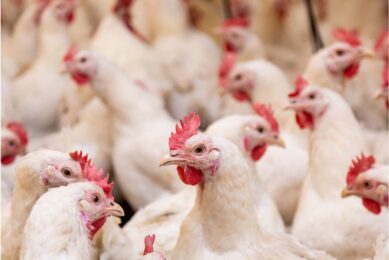Researchers target possible weakness in AI virus
British researchers have made a discovery that could lead to more effective drugs against the deadly H5N1 bird flu virus.
They have examined a key protein on the surface of the virus, obtaining structural information that chemists could use to design new drugs to block it.
The researchers have discovered a that there is a cavity in the N1 enzyme that closes to lock on to target proteins in a cell so the virus can get a foothold and infect it. A new drug could be designed so that its atoms bind more snugly into this active site and prevent the cavity from shutting.
The H5N1 avian influenza virus spreading around the globe has a surface protein whose job is to help the virus enter and infect cells. This protein is called neuraminidase, the N1 in H5N1. This is the enzyme targeted by the drugs Tamiflu and Relenza.
But Tamiflu and Relenza, which are being stockpiled by some countries in case the H5N1 bird flu becomes a human pandemic, were designed on the basis of the atomic structures for two other forms of neuraminidase in other strains of flu, N2 and N9, the only two seen at that stage through x-ray microscopes.
Hope for better drugs now comes from a team led by John Skehel of the British National Institute of Medical Research. The scientists have used the x-ray technology to determine N1’s shape. They report in the journal Nature that the enzyme has a key structural difference from the two neurominidases studied earlier.
“It turns out that, unlike the previously determined structures, the structure of the N1 and the other members of this group have a cavity next to the active site of the enzyme, which might be able to be used to develop other drugs than the ones that are currently available,” said John Skehel.
This kind of drug might avoid the resistance that some influenza viruses have already acquired to Tamiflu. It’s possible that new drugs might work in tandem with Tamiflu and Relenza to overcome resistance to those agents. “It would be a combination therapy like you have in HIV,” Skehel explained.
Skehel says new drugs are at least five years away. Still, a Nature magazine commentary by University of Alabama microbiologist Ming Luo says the work provides valuable intelligence in the war against influenza.
Image courtesy of 3dscience.com
Join 31,000+ subscribers
Subscribe to our newsletter to stay updated about all the need-to-know content in the poultry sector, three times a week. Beheer
Beheer








 WP Admin
WP Admin  Bewerk bericht
Bewerk bericht